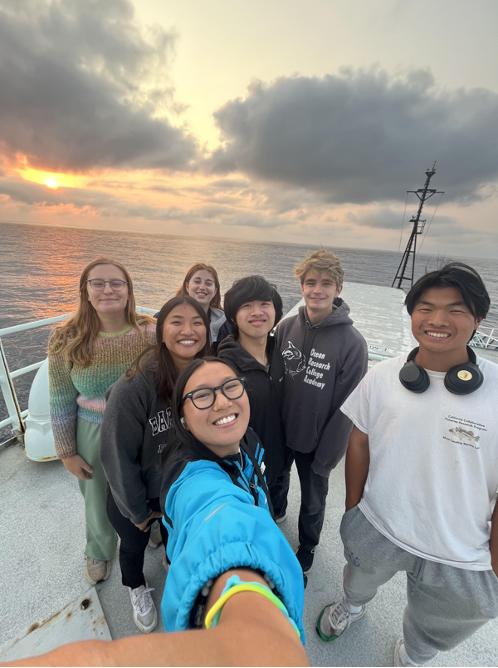Deep sea research expedition in the Pacific Ocean
On board the UW Oceanography-operated research vessel during the VISIONS 2023 expedition, Avery Jenkins, a second year undergraduate in Marine Biology, had an immersive experience conducting deep sea research. He shared his 14-day trip with us and what it was like to be on the research cruise. Interested in applying for the 2024 VISIONS expedition? Keep an eye out for when applications open in early Spring.
Every summer, the University of Washington takes students out on the R/V Thomas G. Thompson, which is a 274 foot oceanographic research vessel that houses the ROV Jason. For several weeks, students are able to live and work as scientists, learning about deep sea research while conducting independent projects focused on research or outreach. This program is called VISIONS, and I was fortunate to be able to experience it this past summer.
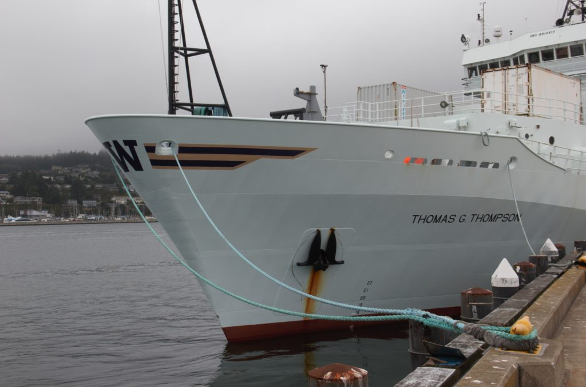
The trip started with a drive down to Newport on the Oregon Coast, where the Thompson was docked. Once aboard, students were given a safety briefing, and we had the rest of the day to acclimate to our new home. The following morning the ship set out, heading for the Regional Cabled Array, located 300 miles off the coast.
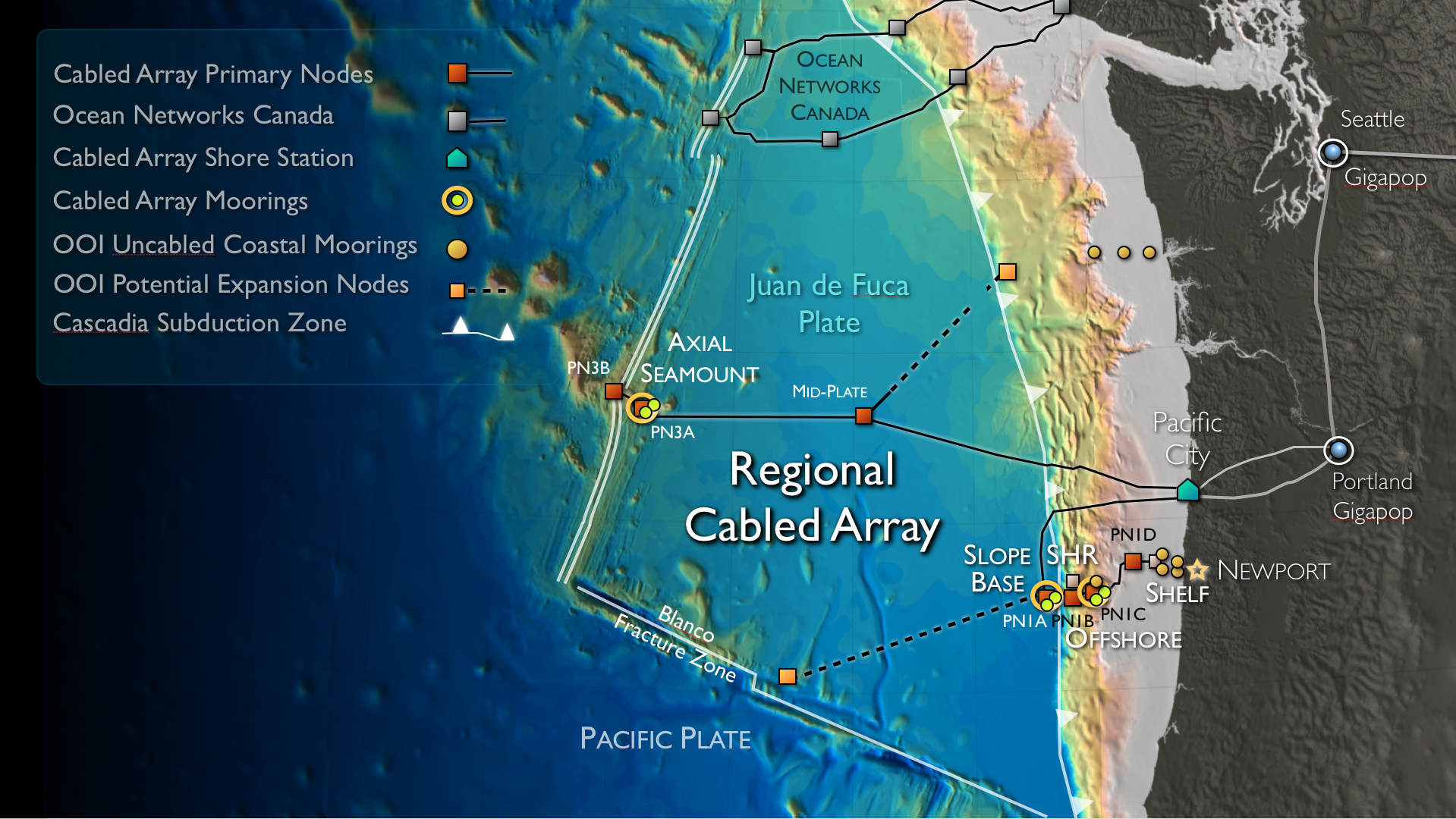
This ocean observatory is located on the Juan de Fuca tectonic plate, the first of its kind in the US to span a tectonic plate, and allows for real time data from the water column and ocean floor to be transmitted back to shore. The goal of this cruise was primarily to help maintain and deploy new instruments.
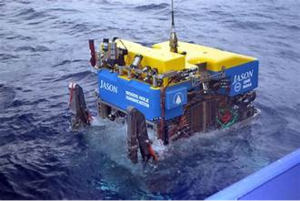
Operations took place at all hours of the day on the ship, meaning that students had alternating shifts of four hours on and eight hours off. While on shift, one of our main responsibilities was assisting in the ROV control van. Students were responsible for keeping a log of the dive, as well as taking photos and videos with the scientific camera that was mounted on Jason.
Spending time in the control van and being a part of ROV operations was a very rewarding experience, and one that not many people get to take part in. My favorite part of each shift was when the ROV crew would take time for scientific observation, and we were able to see a variety of deep-sea organisms, including comb jellies, hagfish, and octopuses. It was also really special to see what life could be found around the hydrothermal vents.
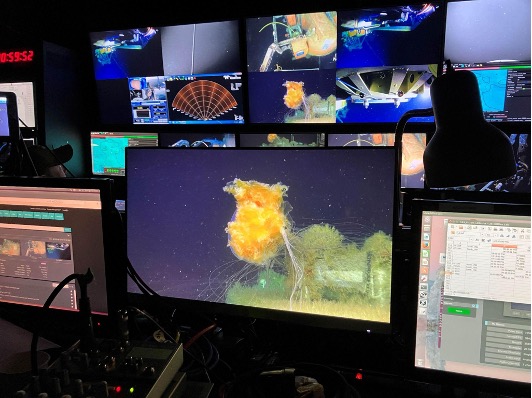
Living and working in close quarters with other students for two weeks allowed us to bond in a unique way. When we weren’t in the control van, we helped collect and measure water samples in the lab. We also spent a lot of time helping clean instruments that were recovered from the seafloor. During our downtime we played board games, watched movies, and helped each other with our independent projects. My project was a video documenting life at sea, to help show what conducting oceanographic research involves. Some of the most memorable moments on the trip happened when we spent time together on the deck, watching the sunset or stargazing.
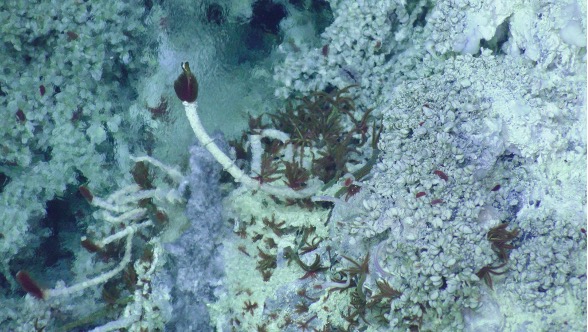
My project was a collaborative video with Mei Ettari, a third year undergraduate majoring in Oceanography. The goal of this video was to document life at sea, and we thought that showing the day to day operations of the scientific team would help highlight a less seen aspect of conducting oceanographic research.
The VISIONS trip was an incredibly immersive experience and allowed me to learn more about what conducting deep sea research entails. Spending so much time out on the water with like-minded students resulted in many valuable memories, and it is an experience that I will always be grateful for. I would highly recommend it to any student who is passionate about research and exploration. I found out about the expedition via an advisor email, so keep an eye out for those! The application process is straightforward, and it’s due in early spring!
